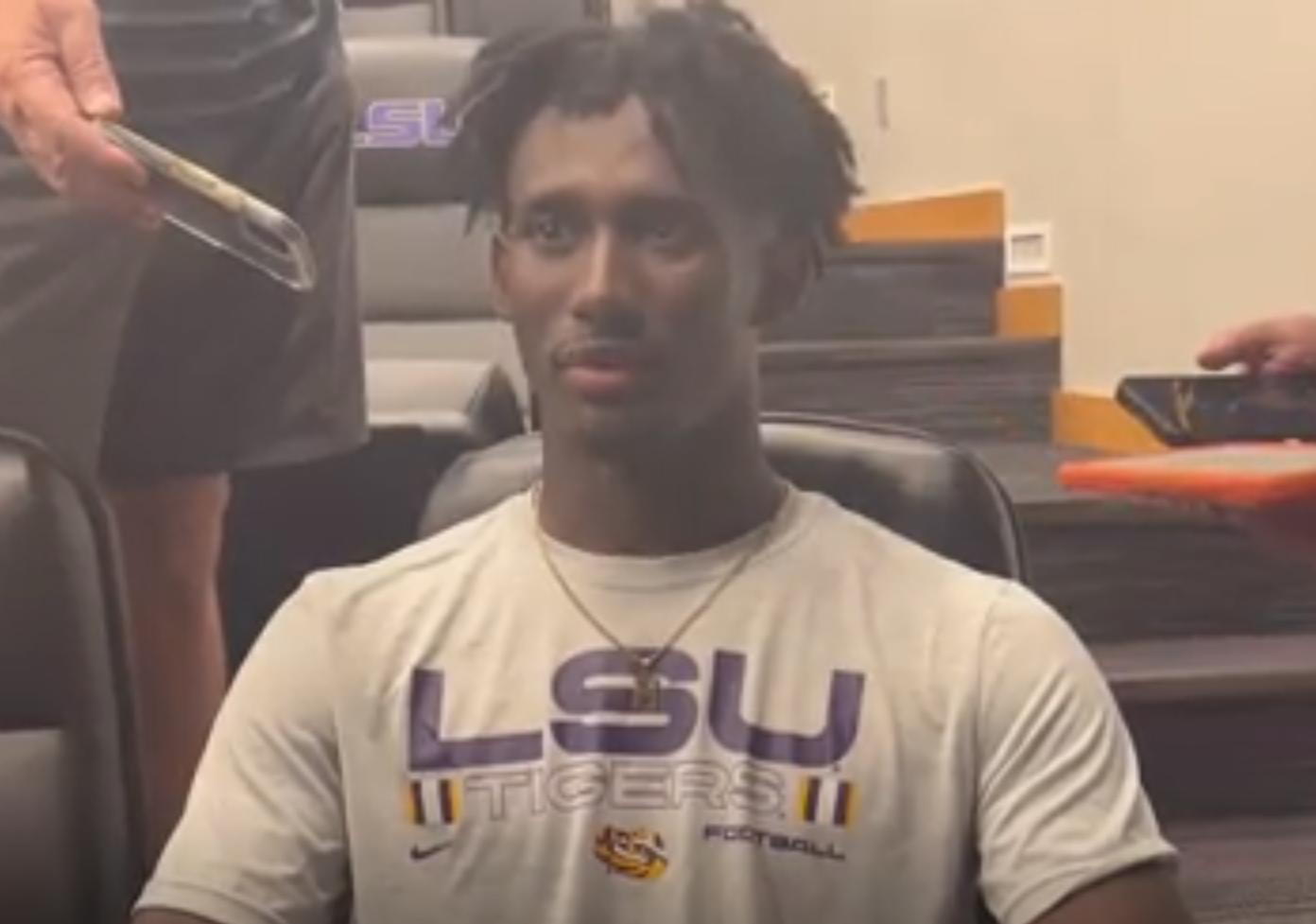Key Takeaways from LSU's Defeat Against Florida State in Football

LSU's Collapse Against Florida State: Three Key Observations
In the Sunday night matchup against No. 8 Florida State at Camping World Stadium, LSU's performance in the second half crumbled like a house of cards. The Jordan Travis-Keon Coleman connection proved to be a formidable challenge for the Tigers' secondary.
Brian Kelly and his team were outscored 31-7 in the second half, with the Seminoles embarking on a 31-0 run to kick off the final two quarters. This dominance paved the way for a convincing 45-24 victory for Florida State.
Here are three notable takeaways from LSU's Week 1 loss to Florida State:
1. Secondary Meltdown
Florida State's air attack was led by Jordan Travis, who amassed 342 yards through the air on 23-of-42 passing, accompanied by four total touchdowns. The LSU secondary had no answer for this Heisman candidate, as Travis consistently outplayed them.
Louisiana native and Florida State star wide receiver, Keon Coleman, showcased a spectacular performance in his Seminole debut. The Michigan State transfer had been surrounded by significant hype, and he lived up to it and more in this game.
At halftime, Coleman had already secured 4 catches for 62 yards and 2 touchdowns, but his second-half performance was even more electrifying. As the game progressed, Coleman continued to dominate LSU cornerback Duce Chestnut, especially in the red zone, where he scored his third touchdown.
Coleman concluded the night with nine receptions for 122 yards and three touchdowns. The second half was a complete breakdown for LSU's secondary, and Coleman exploited his opportunities to the fullest.
LSU deployed Zy Alexander and Duce Chestnut as cornerbacks, while Greg Brooks, Andre Sam, and Major Burns filled out the rest of the secondary. Despite Chestnut's early interception, he struggled throughout the matchup, with Coleman consistently getting the better of him.
2. The Missing Harold Perkins
LSU linebacker Harold Perkins, a highly-regarded pass rusher, surprisingly spent the majority of the game in coverage, with only seven pass-rushing attempts against Florida State.
This decision by defensive coordinator Matt House and his staff raised eyebrows, as it limited one of college football's premier pass rushers to a singular role. Perkins had excelled as a pass rush specialist during his freshman season, but during the offseason, he transitioned to an inside linebacker role for the Tigers. It was expected that Perkins would have a versatile role on the field.
However, on Sunday, Perkins was primarily utilized in a coverage role, which prevented the Tigers from containing FSU quarterback Jordan Travis effectively.
3. Lack of Ground Game
LSU's choice to start Kevontre Bradford against Florida State initially seemed effective, with Bradford igniting the offense by taking a wheel route for a 55-yard gain on the first play of the game. However, after the initial drives and the introduction of Noah Cain and Josh Williams into the rotation, the running game faltered.
Florida State's formidable defensive line played a significant role in stifling LSU's ground game. Despite recording 113 rushing yards on the stat sheet, the Tigers' running backs struggled to find a consistent rhythm. Two long runs by Jayden Daniels and Josh Williams significantly inflated the rushing yardage, masking the overall issues with the ground game.
Notably, Notre Dame transfer Logan Diggs did not see playing time due to a "coach's decision," according to Brian Kelly, leaving LSU to rely primarily on Bradford, Cain, and Williams as the primary ball carriers.
As LSU moves forward, it's crucial for the program to tap into its deep running back talent pool to establish a balanced offensive attack, especially as they approach SEC play.